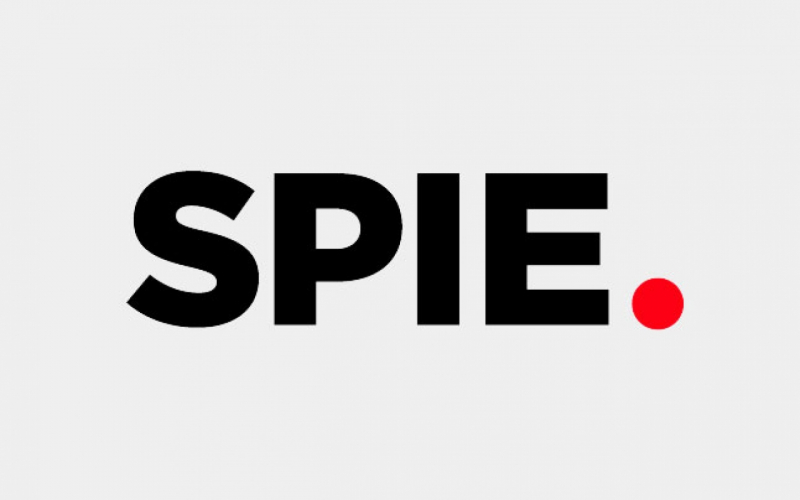This year, three researchers from ITMO’s Terahertz Biomedicine Laboratory and one representative of the Laboratory of Femtosecond Optics and Femtotechnologies received the SPIE scholarship. ITMO University students and PhD researchers annually receive support of SPIE, placing the university among the world leaders in the number of SPIE scholarship recipients.
The Society of Photo-Optical Instrumentation Engineers (SPIE) is an international non-profit society bringing together scientists, engineers and students. The Society boasts over 17,000 members from various universities and labs all over the world. Annually, SPIE publishes journals and organizes seminars and conferences.
The SPIE Scholarship is awarded to young scientists who work in the relevant fields and are members of SPIE. The scholarship is meant to cover attendance of SPIE conferences and internships, as well as purchasing additional educational courses and learning materials. As the organizers note, the key criterion for winners is their potential long-term contribution to optics, photonics or another related area of research.
We asked the scholarship recipients, young researchers at ITMO, what helped them win the prestigious award, what kind of research they conduct and what their future plans are.
Evgenia Ponomareva
(Master’s student at ITMO’s Faculty of Photonics and Optical Information, a staff member of the Laboratory of Femtosecond Optics and Femtotechnologies)
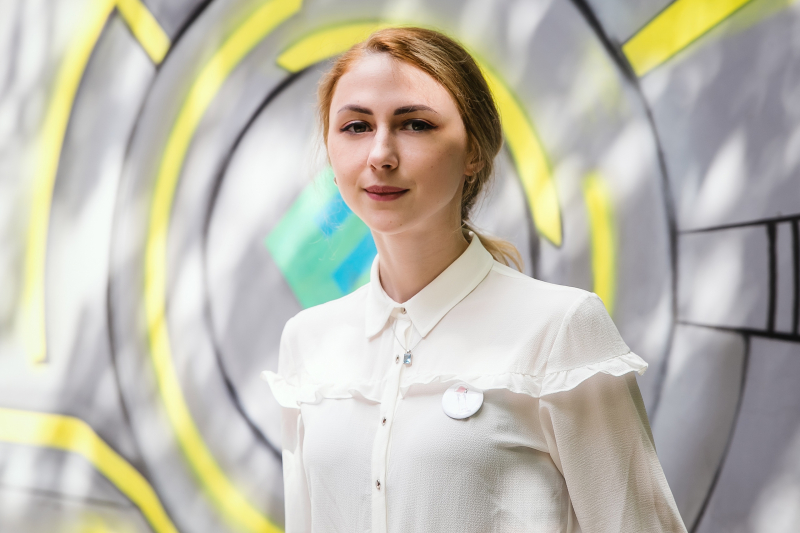
I study the generation of THz radiation in fluids. The aim of our research is designing a prototype of a device that would generate this radiation in fluids. The THz radiation itself is now gaining popularity due to the wide variety of applications in different fields: healthcare, spectroscopy, visualization, and information transfer.
I am planning to use my scholarship to buy learning materials on mathematical methods and non-linear optics, as I want to understand the theory better. This kind of literature is highly specialized, so it’s impossible to find it in a library. Moreover, I want to take a Coursera MOOC, partly cover my expenses associated with doing an exchange semester at Aalto University (Finland), and take part in a SPIE conference when it is possible.
The SPIE Scholarship makes for quite a significant amount of financial support that gives you access to the most relevant courses and learning materials, and, most importantly, an opportunity to get an international learning experience.
Petr Demchenko
(Master’s student at ITMO’s Faculty of Photonics and Optical Information, staff member of the Terahertz Biomedicine Laboratory)
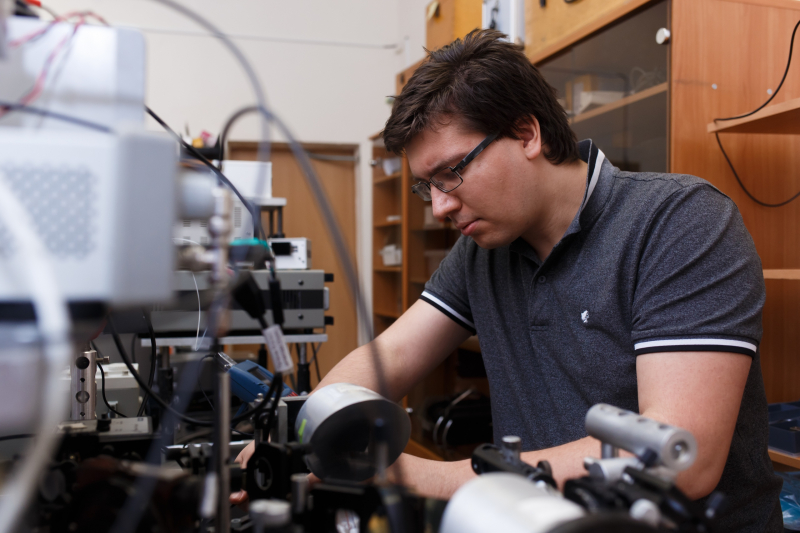
I study optical properties of materials in the THz frequency range, and I also assemble, repair and update optical benches. THz spectrometry is currently a very expensive field. This is primarily due to the equipment it requires – namely the ultrashort pulse lasers that we need to get a powerful and wideband THz pulse. Such lasers tend to cost around 5-10 million rubles. We are working on a spectrometer that functions on a multimode laser diode. Thanks to the great number of extensional modes, the system works in a wide range of THz frequencies, but its price is cut down by 8 to 10 times. Thus, it becomes more accessible and can be used, for instance, in medicine.
To successfully work on this project, I need advanced knowledge of laser and semiconductor devices and fiber optics. Therefore, I am planning to purchase books on these topics and take part in the SPIE Photonics Asia Conference.
Anna Kuzikova
(Master’s student at ITMO’s Faculty of Photonics and Optical Information, staff member of the Terahertz Biomedicine Laboratory)
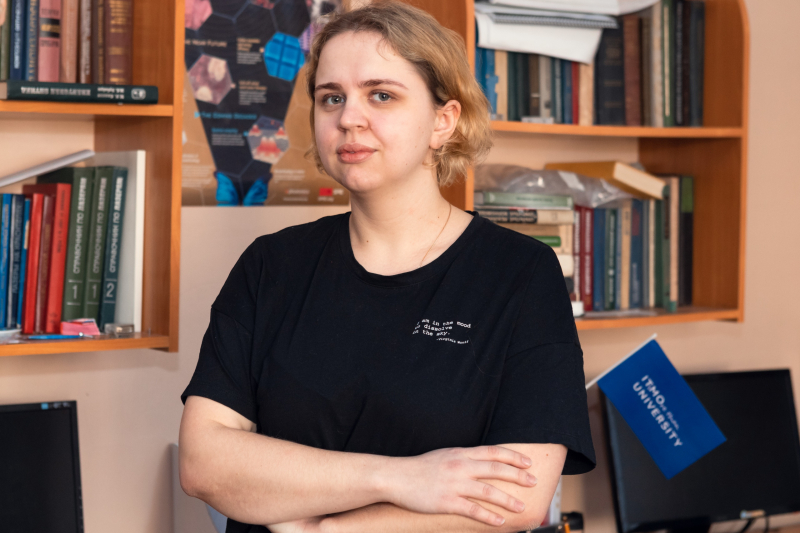
My area of research is THz pulse ellipsometry and polarimetry. For instance, I calculate analytic expressions to acquire the tensor of dielectric capacitance of anisotropic materials. I already won an IEEE MTT-S Undergraduate/ Pre-graduate Scholarship on a similar topic this year with a project on diagnosing cancer using THz pulse ellipsometry. My current research can be useful in understanding how THz radiation interacts with materials. If we know how to get the tensor of dielectric capacitance from experimental data, we will be able to design THz components more efficiently.
It was my second time participating in the SPIE Scholarship competition – last year, I didn’t have enough experience in filling in the application. I can see now how amateur my last year’s letter of motivation was, and this year I was following a clear plan that made my application more structured and logical. I think it was what helped me win.
I am planning to use the scholarship to take part in a conference in China and cover part of the expenses of my internship in Great Britain that is connected to my research.
Egor Litvinov
(Master’s student at ITMO’s Faculty of Photonics and Optical Information, staff member of the Terahertz Biomedicine Laboratory)
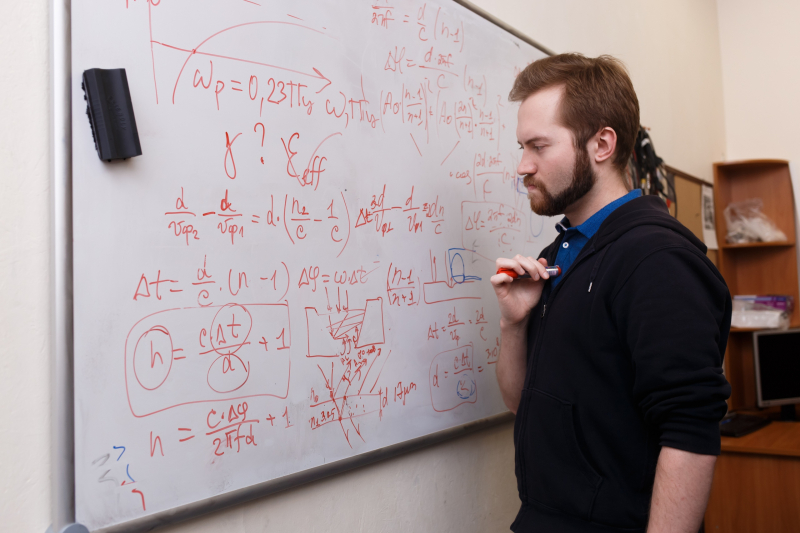
My former area of interest was materials with a refractive index close to zero, but then I came to study the optical properties of bismuth when it’s subjected to optical pumping in the THz frequency range. Turns out that in the THz range bismuth tends to demonstrate the properties of materials with a refractive index close to zero. We have also discovered that these properties can be changed with optical pumping.
This research is very important for the development of a new generation of THz components. Scientists are currently studying the effects of THz radiation on the human body to design devices we can use in healthcare and diagnostics. But ordinary materials make such devices either too expensive or bulky. Thanks to metamaterials that I study and namely to bismuth with its unusual properties, we will be able to create compact THz components.
The SPIE scholarship will help me take part in the Optics & Photonics Conference in San Diego and take part in a nanophotonics course there. Moreover, the book Metamaterials: Physics and Engineering Explorations has been on my wish-list for a while, and now I can finally purchase and read it.
